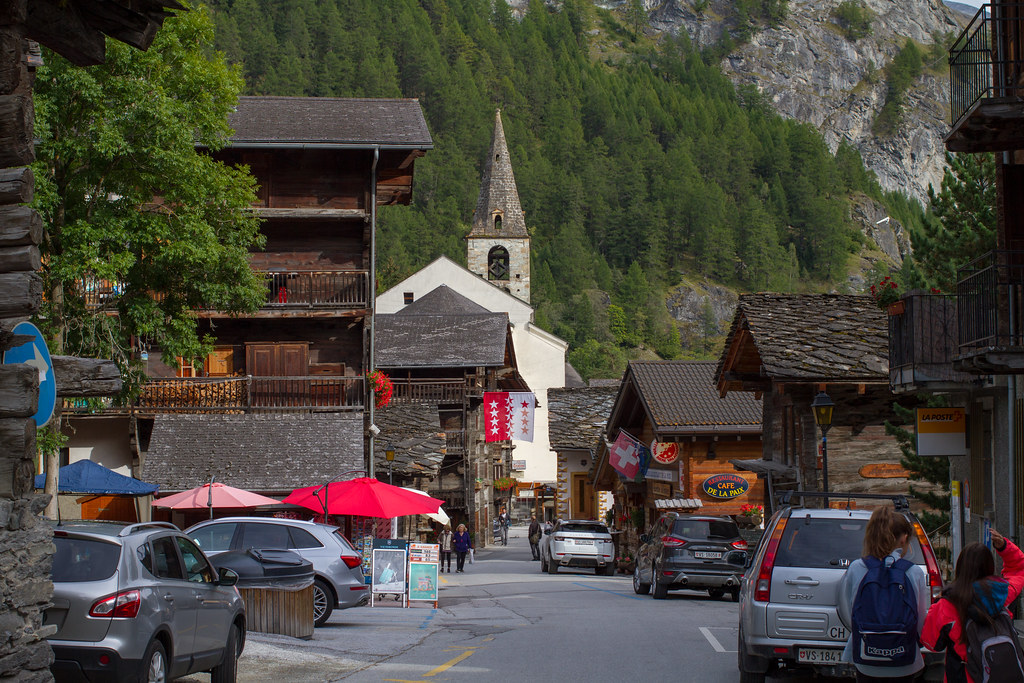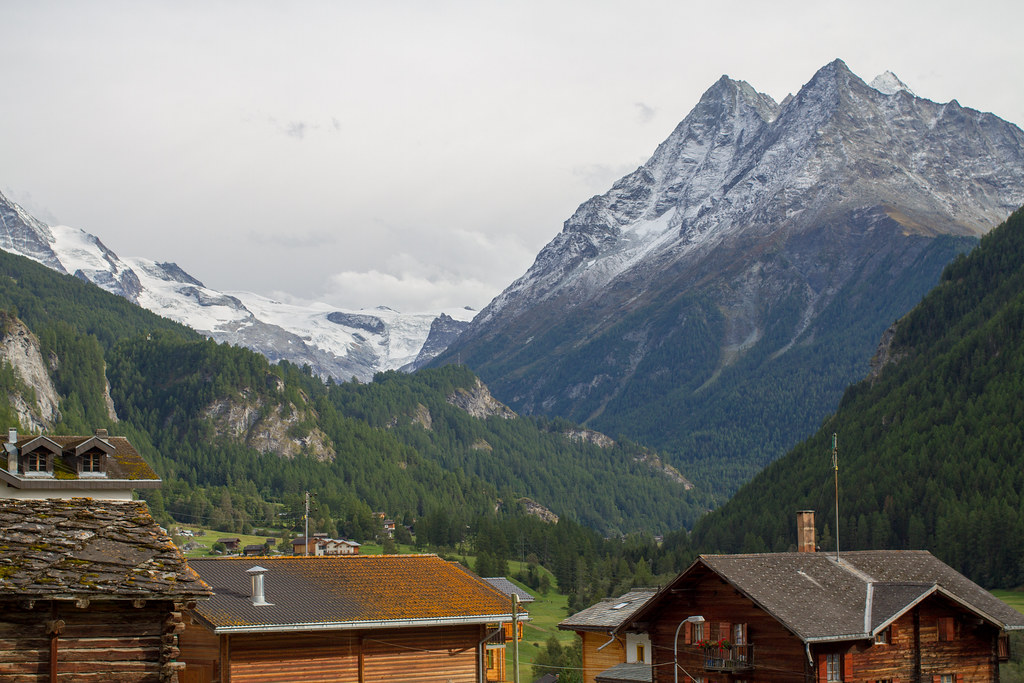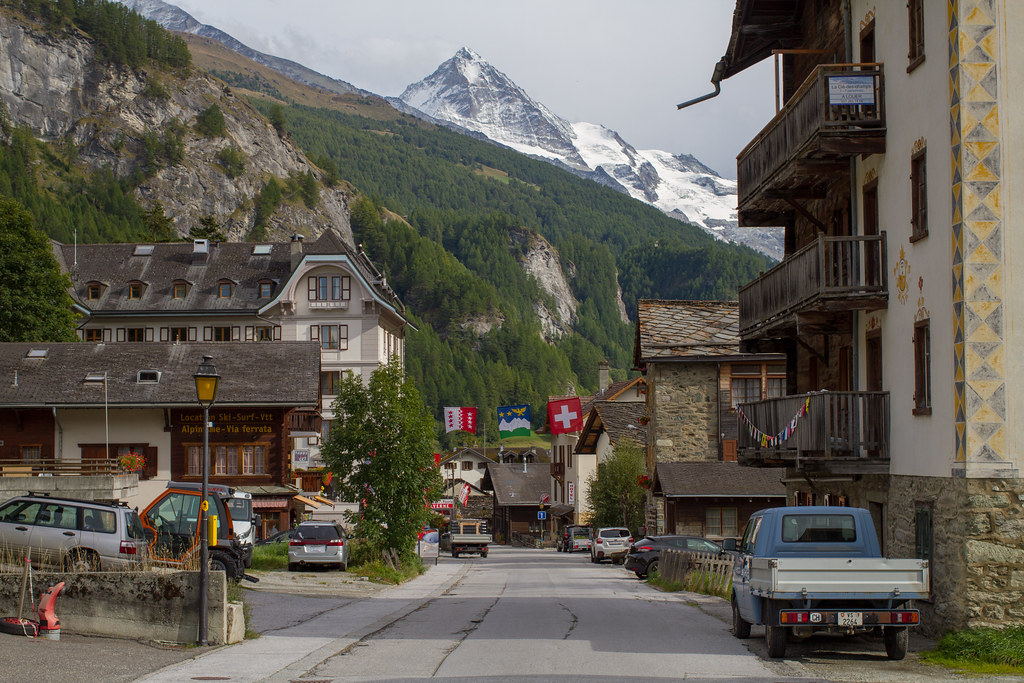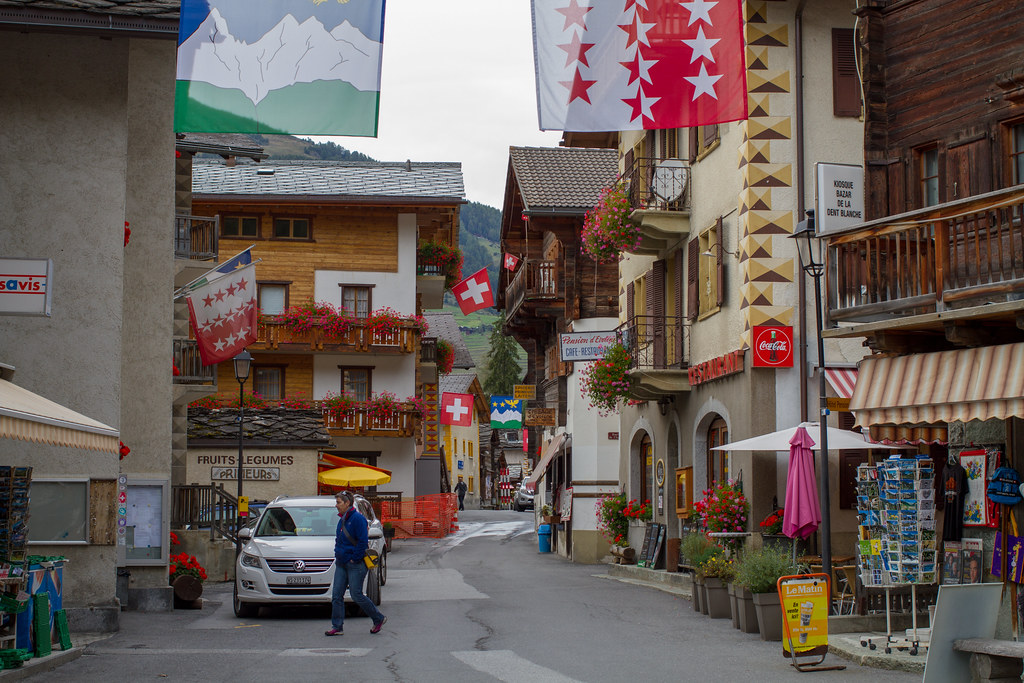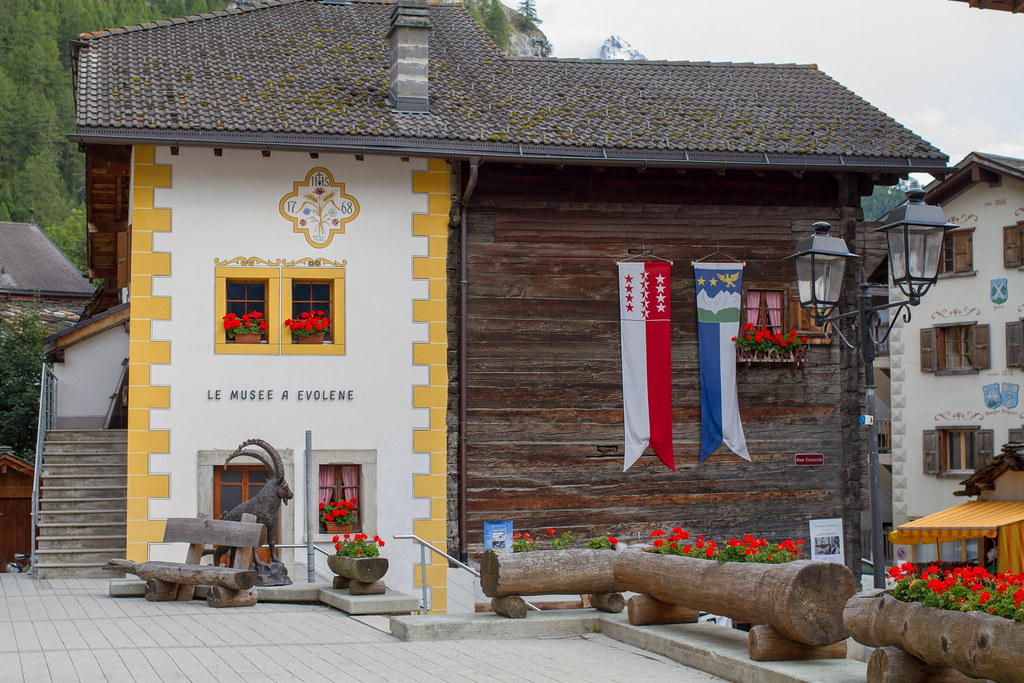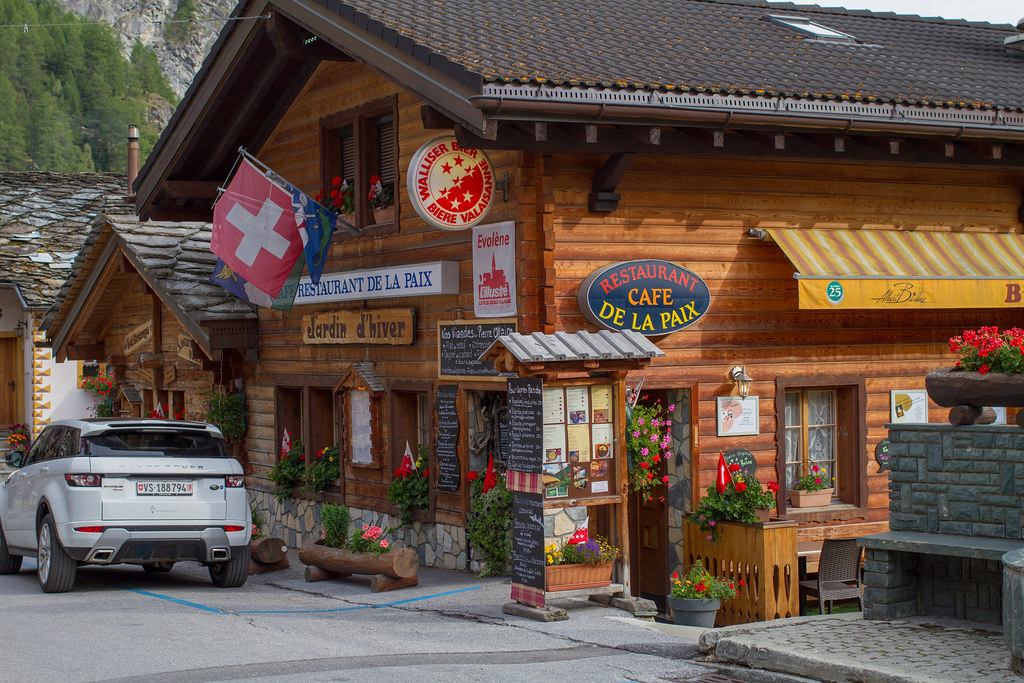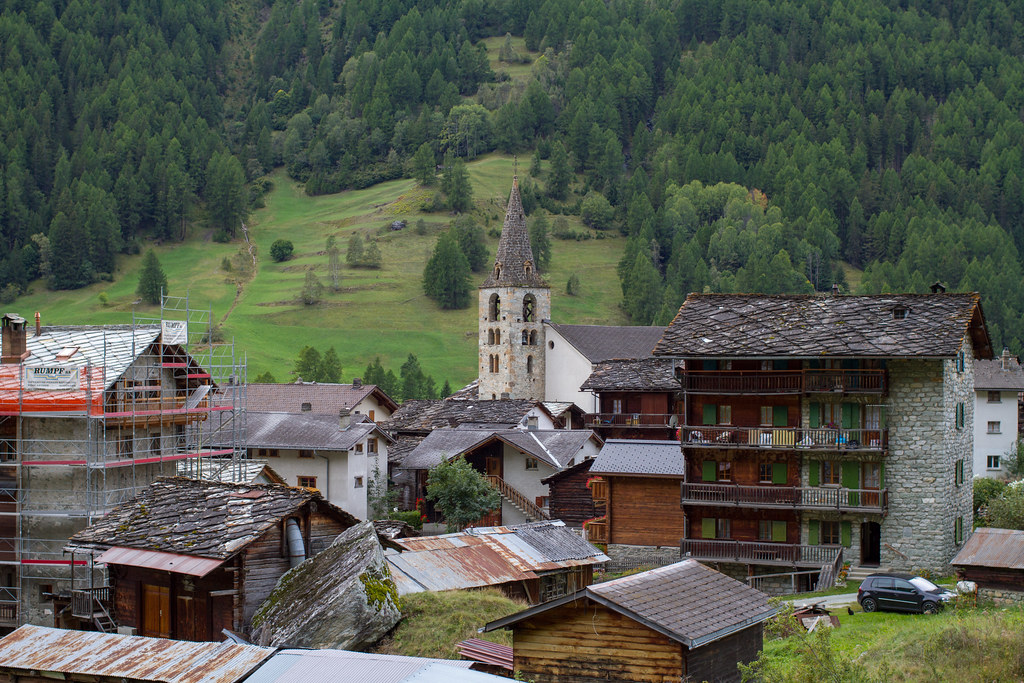Date and time of visit: 15 September 2017, around 5 p.m. Our series on Switzerland’s Most Beautiful Villages does not follow a chronological order of visits, but is presented in each area (Italian-speaking, French-speaking, German-speaking) and in alphabetical order.
Avranches, the village I introduced last time, is located near Lake Neuchâtel, but Evolène, the village I’m going to introduce this time, is located in the Valais region, which is quite far from Avranches. The Valais region is surrounded by the Pennine Alps with the Matterhorn in the south and the Bernese Oberland with the Jungfrau in the north. It is also one of the most famous wine-growing regions in Switzerland.
September 15 was a day of very aggressive action. The day before we had been in the Italian-speaking area on the southeast side of the country, but we went back over the Nufenen Pass into the German-speaking area and headed for the Valais region.
Evoraine is located relatively far west in the Valais. It was French-speaking. When we drove over the pass into Valais, it was a German-speaking area, but as we drove westward, it became a French-speaking area. It seems that Valais is German-speaking in the east and French-speaking in the west.
To get to Evoraine, we took route 9, which runs east-west through the center of the Valais, to the town of Sion, and then turned south to follow a mountain road. Of course it was slalom and uphill because it was a mountain road, but I think it was relatively easy to drive because the road was very well paved and not so narrow.
Evoraine has an impression of a winter resort, but maybe it was just because it was a weekend, but we saw relatively many tourists even in this season. The parking lot was located beyond the village once, but I couldn’t find the place immediately after arrival, so I parked around the entrance of the village.
Walking around the village. The scale is a beautiful village standard, if you just walk, it will not take 30 minutes.
Basically, the place to stroll is the main street through the village. There is a church (L’église paroissiale), which was built in 1620. The rest of the street is lined with accommodations, restaurants and souvenir shops.
It is a scene like Swiss Alps which is often imagined, but because it is in French-speaking area, it has a stylish atmosphere which is different from German-speaking area.
単なるリゾート地程度の街なので、いつも個人的につけている美しい村の総合評価としてはあまり高くなかったですが、すてきな雰囲気であることには間違いありません。
It’s not easy to get there, though. The most beautiful villages in Switzerland have more accommodation facilities than I expected, so if I have a chance to visit them again, I would like to consider staying in these villages.
